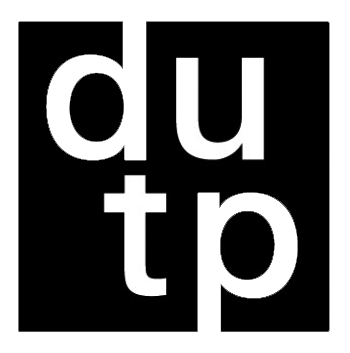Morphological and functional transformations resulted from mixed zoning
Regulatory study of Villa Lynch, San Martín, metropolitan region of Buenos Aires
DOI:
https://doi.org/10.5821/siiu.13054Abstract
The present work addresses the issue of the mixture of industrial-residential uses in the neighborhood of Villa Lynch, in relation to the guidelines provided by urban planning zoning codes. To study the level of functional mixture and how it is interpreted by regulations, the urban planning codes of the General San Martín district, the Tres de Febrero district, the Tigre district, and the Autonomous City of Buenos Aires are compared. The first section studies the zoning of the selected districts to assess the relationship between industrial and residential uses. The second section will examine the changes proposed by existing or anticipated technological districts. Finally, an analysis will be conducted on how the zoning of Villa Lynch has evolved and how this impacts the compatibility of existing and future uses.
Downloads
Published
Issue
Section
License
Copyright (c) 2024 Creative Commons

This work is licensed under a Creative Commons Attribution-NonCommercial-ShareAlike 4.0 International License.
Aquellos autores/as que tengan publicaciones con esta revista, aceptan los términos siguientes:
- Los autores/as conservarán sus derechos de autor y garantizarán a la revista el derecho de primera publicación de su obra, el cuál estará simultáneamente sujeto a la Licencia de reconocimiento de Creative Commons CC BY-NC-ND- 4.0 que permite a terceros compartir la obra siempre que se indique su autor y su primera publicación esta revista, pero no se pueden cambiar ni se pueden utilizar comercialmente.
- Los autores/as podrán adoptar otros acuerdos de licencia no exclusiva de distribución de la versión de la obra publicada (p. ej.: depositarla en un archivo telemático institucional o publicarla en un volumen monográfico) siempre que se indique la publicación inicial en esta revista.
- Se permite y recomienda a los autores/as difundir su obra a través de Internet (p. ej.: en archivos telemáticos institucionales o en su página web) antes y durante el proceso de envío, lo cual puede producir intercambios interesantes y aumentar las citas de la obra publicada. (Véase El efecto del acceso abierto).











